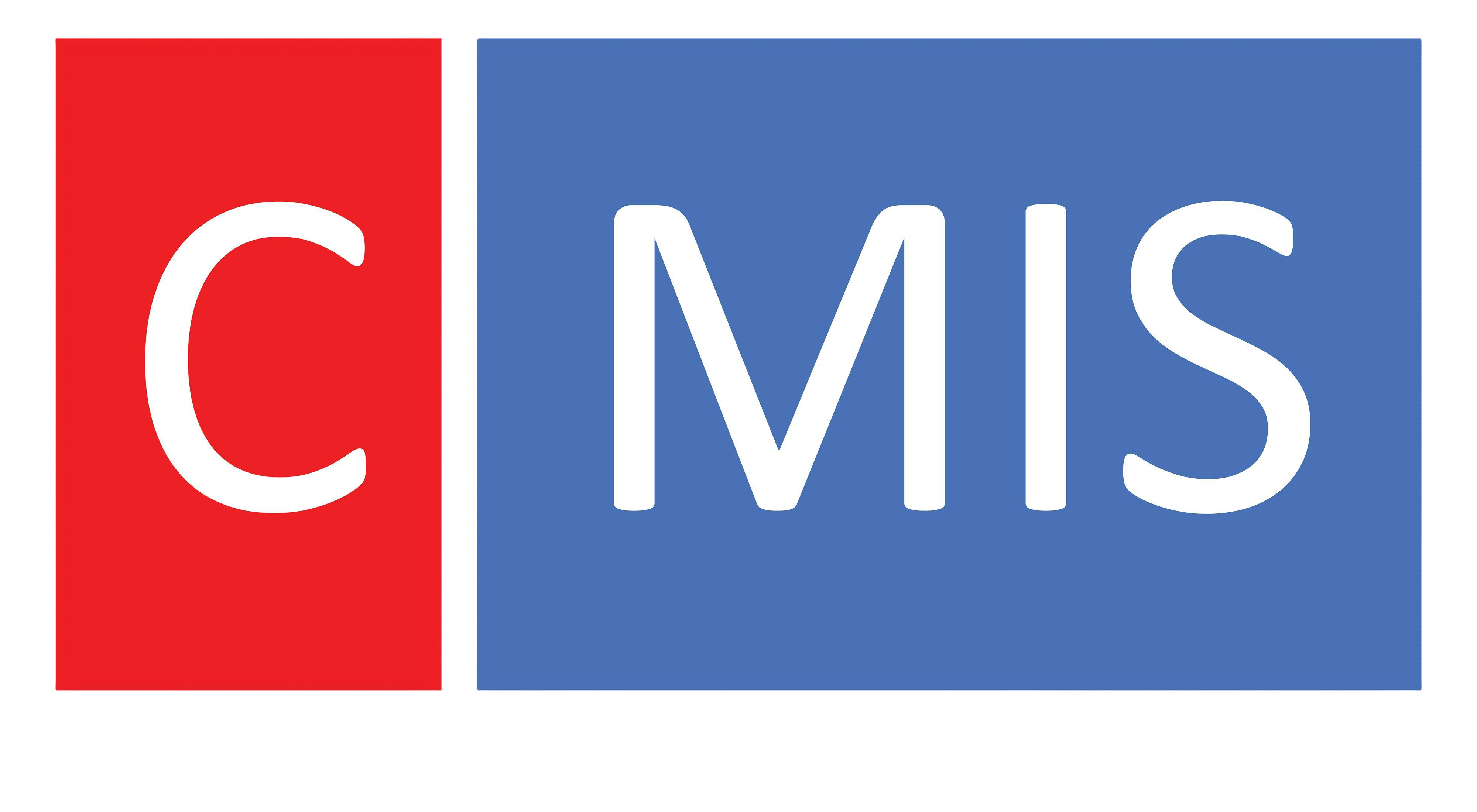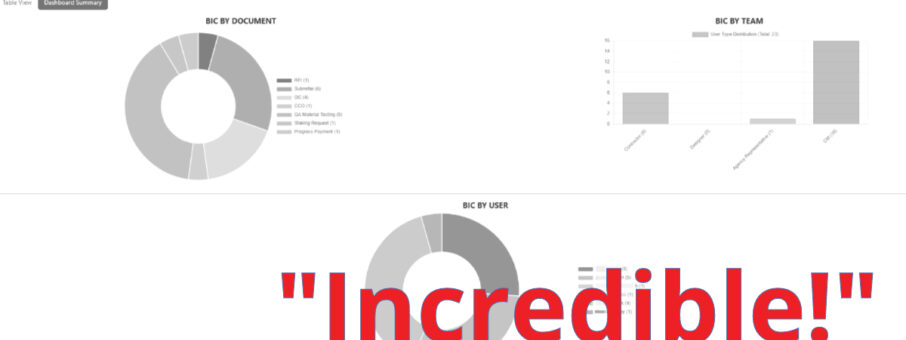Let’s get real.
Construction projects don’t derail overnight.
They slip—quietly—because someone didn’t have the right information at the right time. A document sat too long. A team member got buried under a pile of tasks no one else even saw. And by the time anyone noticed, the problem was already expensive.
That’s why the smartest public agency owners and construction managers are shifting the way they see their projects.
They’re using real-time dashboards that instantly answer two critical questions:
- What’s holding up progress?
- Who’s holding the ball?
Because if you can’t see those two things, you’re managing blind.
The Dashboard That Exposes Risk Before It Becomes a Claim: Why Real-Time Construction Dashboards Are the Future of Project Management

Imagine opening a single dashboard and seeing—at a glance—every document that’s overdue, every action item at risk, and every overloaded team member.
That’s not a nice-to-have.
That’s your early-warning system.
When you know exactly:
- Which documents are stuck
- Which team members are buried
- Which action items are critical
…you can step in, redistribute, and remove roadblocks before they turn into schedule delays, costly claims, or tense phone calls.
Why This Works (and What Most Teams Miss): Top Strategies for Avoiding Costly Construction Claims
In my years building internal tools for engineers and construction managers, one truth has stood out: Visibility changes behavior.
When your team knows you can see workload, action items, and document flow, they work smarter. Not because you’re micromanaging—but because clarity creates accountability.
Three metrics on this dashboard are game-changers:
1. Document Distribution
- Where does the team need to spend their time? RFIs, submittals, general correspondence, change orders, materials testing, staking requests, progress payments? You can’t fix what you can’t see.
2. Workload Distribution
- If one person is drowning while another is idle, you’re not just risking burnout—you’re slowing the project. Balance the load, protect your people, and watch productivity rise.
3. Action Items by User
- Every untracked action item is a potential cost. Categorizing by who's putting in the effort, who needs help, and who might have capacity puts the right fires out first.
The Payoff: Lower Risk, Stronger Team, Healthier Projects (Master Construction Project Risk Mitigation with Visibility Tools)
When you use these insights, something powerful happens:
- Risk drops.
- Claims shrink.
- Morale improves.
- You sleep better.
Because you’re not reacting—you’re leading.
The construction managers I’ve worked with who embrace this approach don’t just keep projects moving—they build reputations for delivering results under pressure.
Bottom line: A dashboard is more than a reporting tool. It’s your competitive edge.
Check it daily. Act on what you see. Adapt your team structure as needed.
Do this, and you’ll navigate complexity with confidence, protect your project from costly surprises, and empower your team to perform at their best.
Pro Tip: Don’t wait for the next big issue to remind you how valuable visibility is. Start using your dashboard now, while you still have the advantage. Get a demo of CMIS now and see how dashboards can change your projects forever!


